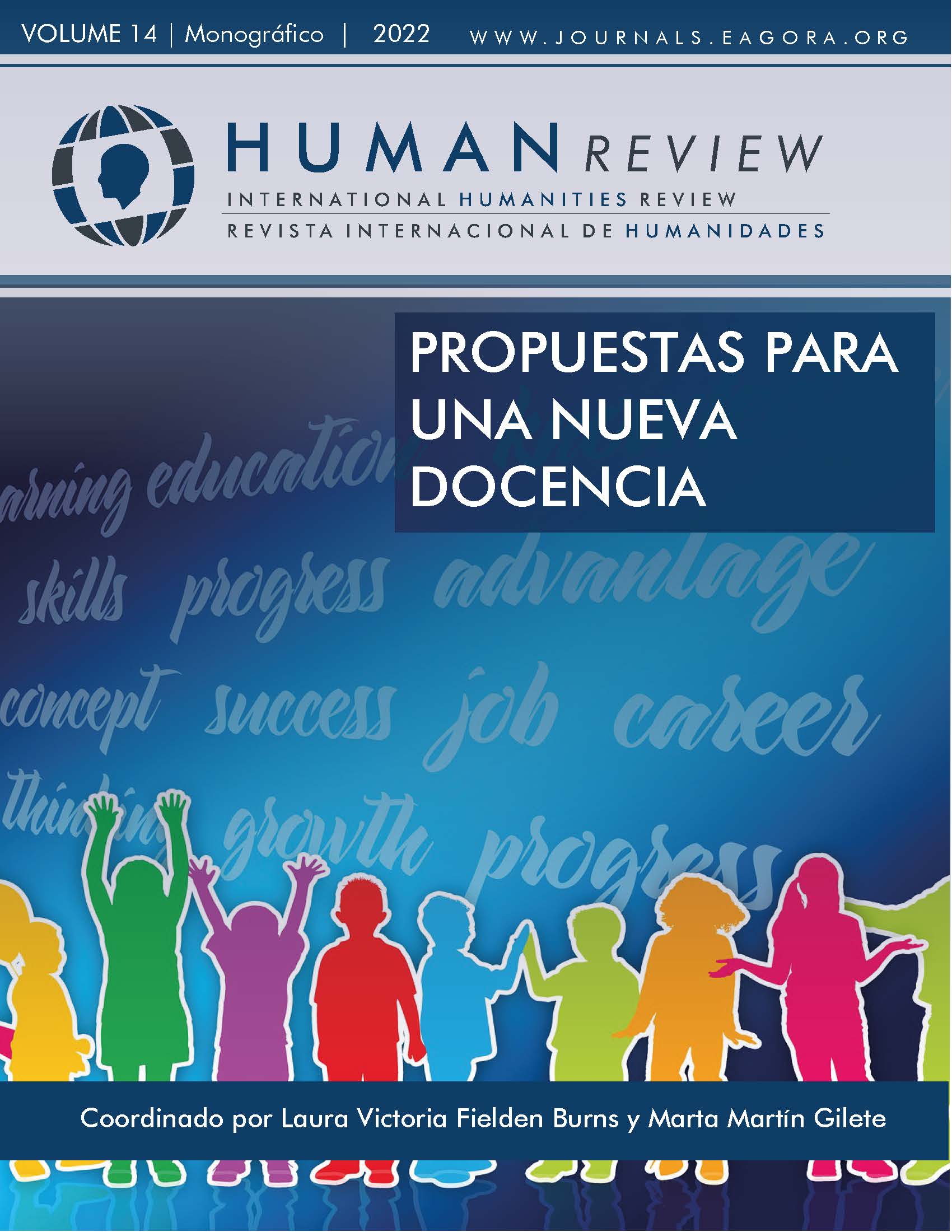Architect’s visual alphabet: the initiation to the exercise of projecting
Investigación para la innovación docente en la iniciación al ejercicio de proyectar
DOI:
https://doi.org/10.37467/revhuman.v11.4499Keywords:
Architecture, Craftsman, Teaching, Innovation, Architect Projects, Visual AlphabetAbstract
The development of an architect always travels between two worlds, the virtual (image, technique) and the real (practice, construction). Starting from this dichotomy, there is a common element to both worldviews: the visual alphabet necessary in the architect's training.
This article summarizes the research carried out as part of the "Projects I" course of the Degree in Architecture in the Department of Architectural Projects. The objectives set out in it have sought to answer the questions of what is the "architect's alphabet" and what are the tools needed to understand the "architect's language".
References
Albornoz, C., Mejía, C., Restrepo, F., Villazón, R., Saga, M., La enseñanza de la arquitectura en primer año: estudios comparados. JIDA’15. III Jornadas de Innovación Docente en Arquitectura. 34-48.
American Institute of Architecture Students. 2008. TOWARD AN EVOLUTION OF STUDIO CULTURE A Report of the Second Aias Task Force on Studio Culture. Lessons Learned, Best Practices and Guidelines for an Effective Studio Culture Narrative. Washington: American Institute of Architecture Student.
Aparicio, J. (2011). Enseñando a mirar. Textos de arquitectura y diseño. Buenos Aires: Nobuko.
Arnheim, R. (1969). Visual Thinking. Los Angeles: University of California Press.
Azúa, F. (2011), Diccionario de las Artes. Barcelona: Random House Mondadori.
Bachelard, G. (2000). La poética del espacio. Buenos Aires: Fondo de Cultura Económica.
Bain, K. (2004). Lo que hacen los mejores profesores universitarios. Valencia: Universidad Politécnica de Valencia.
Campo, A. (2009). Pensar con las manos. Buenos Aires: Nobuko.
Campo Baeza, A. (2015). Tools. Mecanismos de arquitectura. Madrid: Universidad Politécnica de Madrid.
De la Cuesta, C. y Otálvaro, C. (2015). La reflexividad y la autocrítica como fundamentos de la investigación cualitativa. Salud Pública, 33(1).
Dewey, J. (1945). Experiencia y Educación. Buenos Aires: Editorial Losada.
Dondis, D.A. (2017). La síntesis de la imagen. Barcelona: Gustavo Gili.
Souto de Moura, E. (2008). Conversaciones con estudiantes. Barcelona: Gustavo Gili.
Kahn, L.I. (1981). Idea e imagen. Barcelona: Xarait Ediciones.
López, R. & Villa, G. (2017). Alfabetidad visual y pensamiento crítico: ejercicio reflexivo al interior del aula de diseño. Revista Kepes, 15, 173-194. DOI: 10.17151/kepes.2017.14.15.7
Maderuelo, J. (2005), El paisaje génesis de un concepto. Madrid: Adaba editores.
Mesa B-Mejía Q. (2011). La explicitación como estrategia pedagógica en los procesos de diseño. Revista KEPES, 7, 171-185.
Millán-Millán, P.M. (2019). Una maqueta en una mano: hacia la búsqueda de lo esencial. Revista KEPES, 16 (19), 95-121. DOI: 10.17151/kepes.2019.16.19.5
Pallasmaa, J. (2014). Los ojos de la piel. La arquitectura y los sentidos. Barcelona: Gustavo Gili.
Scriven, M. & Paul, R. (1987). Defining Critical Thinking. The Critical Thinking Community. Recuperado de http://www.criticalthinking.org/pages/definingcritical-thinking/766
Taylor, S.J. & Bogdán, R. (1987). Introducción a los métodos cualitativos de investigación. Barcelona: Paidós.
Utzon, J. (1962). Platforms and plateaus: Ideas of a Danish architect. Zodiac, nº 10.
Downloads
Published
How to Cite
Issue
Section
License
Those authors who publish in this journal accept the following terms:
- Authors will keep the moral right of the work and they will transfer the commercial rights.
- After 1 year from publication, the work shall thereafter be open access online on our website, but will retain copyright.
- In the event that the authors wish to assign an Creative Commons (CC) license, they may request it by writing to publishing@eagora.org









